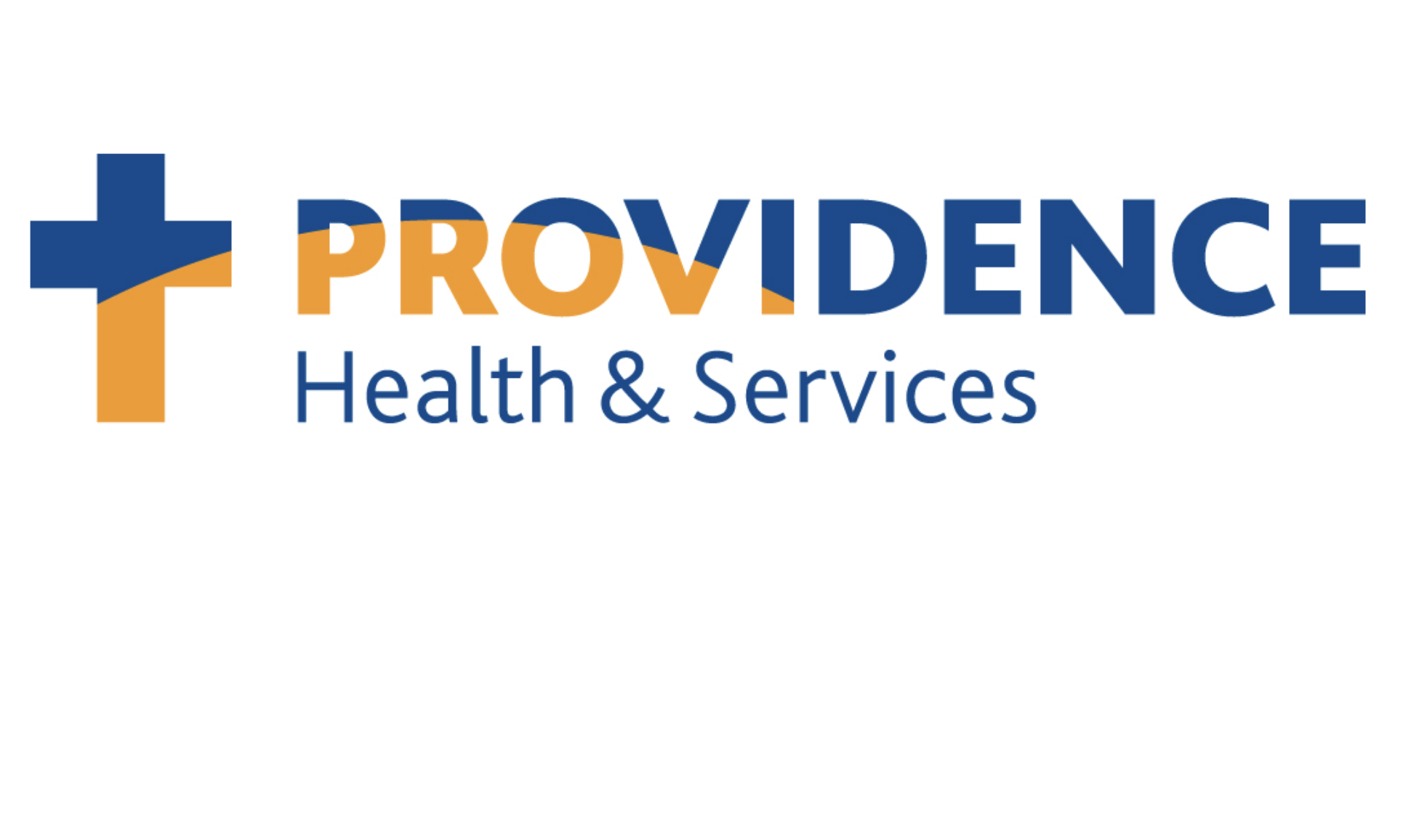THE NEW YORK TIMES – In 2018, senior executives at one of the country’s largest nonprofit hospital chains, Providence, were frustrated. They were spending hundreds of millions of dollars providing free health care to patients. It was eating into their bottom line.
The executives, led by Providence’s chief financial officer at the time, devised a solution: a program called Rev-Up.
Rev-Up provided Providence’s employees with a detailed playbook for wringing money out of patients — even those who were supposed to receive free care because of their low incomes, a New York Times investigation found.
In training materials obtained by The Times, members of the hospital staff were instructed how to approach patients and pressure them to pay.
“Ask every patient, every time,” the materials said. Instead of using “weak” phrases — like “Would you mind paying?” — employees were told to ask how patients wanted to pay. Soliciting money “is part of your role. It’s not an option.”
“If patients did not pay, Providence sent debt collectors to pursue them.”
More than half the nation’s roughly 5,000 hospitals are nonprofits like Providence. They enjoy lucrative tax exemptions; Providence avoids more than $1 billion a year in taxes.
In exchange, the Internal Revenue Service requires them to provide services, such as free care for the poor, that benefit the communities in which they operate.
But in recent decades, many of the hospitals have become virtually indistinguishable from for-profit companies, adopting an unrelenting focus on the bottom line and straying from their traditional charitable missions.
To understand the shift, The Times reviewed thousands of pages of court records, internal hospital financial records and memos, tax filings, and complaints filed with regulators, and interviewed dozens of patients, lawyers, current and former hospital executives, doctors, nurses and consultants.
The Times found that the consequences have been stark. Many nonprofit hospitals were ill equipped for a flood of critically sick Covid-19 patients because they had been operating with skeleton staffs in an effort to cut costs and boost profits. Others lacked intensive care units …



